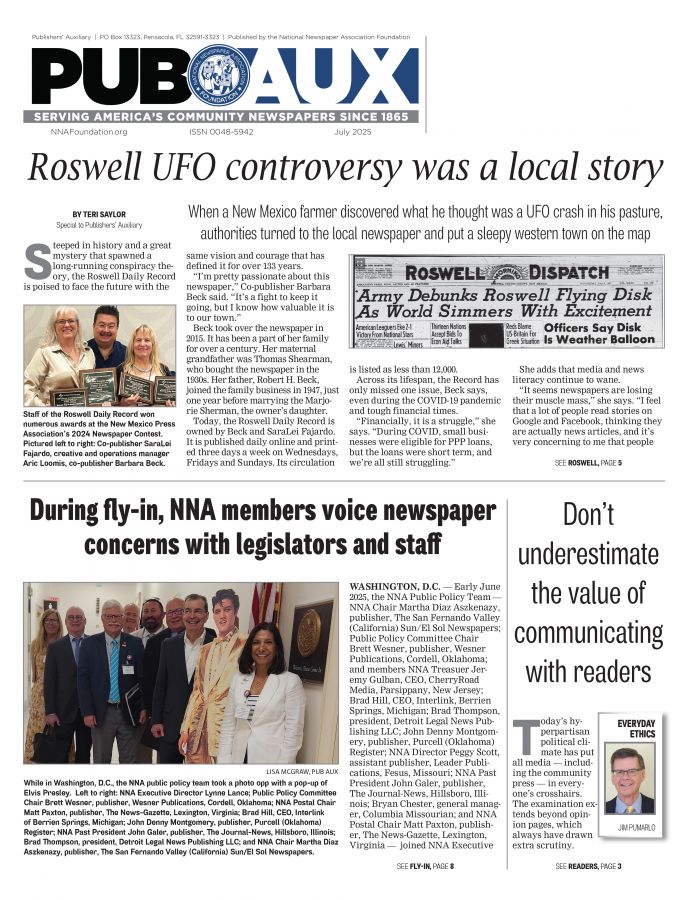Apps that will help in covering the news
Apr 2, 2015
By Al Cross
Inside the Issues
When I sent out a daily update for The Rural Blog, then turned to write this column, I was interrupted by a reply from one of my helpers, who said, “Excellent guide to critical thinking.” I told him that’s what we try to be, and that day’s blog items were particularly rich with help for journalists, so that’s what this column is about, using examples of resources that we’ve highlighted on the blog.
The Reporters Committee for Freedom of the Press has released a trio of apps that provide valuable help for covering cops, courts and schools, and information on recording laws for each state. The cops-and-courts app includes laws regarding the release of records such as arrest reports, search warrants and affidavits, and interviewing legal parties and jurors. The schools app includes state-specific laws and other guidelines for interviewing students and accessing school records. The apps also provide tools “to collect audio, still and video images, and text for stories,” said the release. Another feature is a legal guide, which covers issues such as access, records and other relevant laws.
As if that wasn’t enough, there is also a “story base,” which can be used to take notes or compose a story, link or download records, record and store video and audio clips and photographs, keep track of locations and store information on a database. Another feature allows users to post stories to Twitter and Facebook directly from the storybase. See http://bit.ly/1LUKLTv.
John Winn Miller, our new journalist in residence at the Institute for Rural Journalism and Community Issues, is also a social-media entrepreneur, and he pointed us to a collection of tools for social media and Web work, compiled by Robert Hernandez, an associate professor at the University of Southern California. It’s on the blog at http://bit.ly/1Cod862.
Journalist’s Resource is a service of Harvard University’s Shorenstein Center on Media, Politics and Public Policy. It sends out a weekly update of sources, mainly about major national and international issues, but sometimes on basic tools. Among its recent offerings was a list of resources for journalists who have difficulty with math and its applications, at http://bit.ly/19jsU6F, and an easy way to create a time-series graphic with Chartbuilder, at http://bit.ly/1DWmHv6.
Sometimes the key to a story is getting the right data, and now we have a better idea of what data the federal government keeps. The Sunlight Foundation recently gained access to “comprehensive lists of a federal agency’s information holdings, providing an unprecedented view into data held internally across the government,” the foundation says. “This release highlights hundreds of datasets that have not previously been indexed, as well as those publicly identified for the first time.” We took note of it at http://bit.ly/1Ne1uMX.
Although it may be secretive in some ways, the federal government is probably our greatest source of data. We refer to a lot of it on The Rural Blog, most recently noting interactive maps from the Energy Information Administration that give lots of detailed, state-by-state information about energy production, consumption and expenses: http://bit.ly/1DWo11c.
The Census Bureau recently improved its search and QuickFacts functions on its website. We found out about it from CoveringPoverty.org and put it on the blog at http://bit.ly/1FU5Nwb.
Three national newspapers live up to that name by using federal data to create interactive maps that give data on every county in the nation. The Wall Street Journal did a map detailing the rapid growth of poverty and income equality by county, at http://bit.ly/1FDp7iU, and another showing what happened to wages in the last decade, when they declined in one-third of counties: http://bit.ly/19NU2fd.
The Washington Post mapped all federally declared disasters by county since 1964 (http://bit.ly/1EQkNKe), all winemakers and commercial brewers (http://bit.ly/1IsLHZP), and the number of goats in every county (http://bit.ly/1y3Nqyq).
The New York Times sometimes looks at subjects you might not expect, such as this one showing the percentage of working-age women with jobs: http://bit.ly/1FU6oy1.
The Daily Yonder crunches data to make rural-oriented maps. One of its most recent showed how rural counties had yet to recover jobs lost in the Great Recession: http://bit.ly/1LUOP68.
It’s journalism-awards season, and the prize-winners can provide ideas. We provide links to the work, as in this item about the Association of Health Care Journalists’ Awards for Excellence in Health Care Journalism: http://bit.ly/1IsILML.
Sometimes a good resource is just a story with good sources. That’s the main staple of The Rural Blog, where we try to help with coverage of broad issues that may lack good local sources. One recent example was the Dothan Eagle’s look at how the complicated issue of Net neutrality could affect people in southeastern Alabama: http://bit.ly/1BjSErl.
If you do or see good work that deserves national notice or could help other rural journalists, by appearing on TRB, e-mail me at al.cross@uky.edu so we can publish it at irjci.blogspot.com.
Al Cross edited and managed weekly newspapers before spending 26 years at The (Louisville) Courier-Journal and serving as president of the Society of Professional Journalists. Since 2004, he has been director of the Institute for Rural Journalism and Community Issues, based at the University of Kentucky. See www.RuralJournalism.org.







